Pediatrics is a medical science that studies the growth and development of children and adolescents, improves their physical and mental health, and the quality of disease prevention and treatment. Pediatric outpatient clinics should generally have independent entrances and exits to avoid cross-talk with adult patients. Pediatric outpatient clinics and emergency departments can be arranged in a coordinated manner, and the area should fully consider the setting of children's activity space and family care space. If the medical area allows, a play area can be set up. As we all know, medical furniture is an important part of the medical space. Compared with general furniture, medical furniture has higher requirements; at the same time, it must also meet the special needs of medical and patient groups for medical furniture.
Five requirements for pediatric clinic furniture configuration
Pediatrics has special requirements for the medical environment, including childlikeness, safety, humanity, and functionality.
1. Childishness
Each floor has a different theme color and cartoon image. There are cartoon images on the floor of the ward. The beds are designed and made according to the shape of cars. For example, there are bear footprints to guide patients to different areas. In short, the entire furniture should be coordinated with the surrounding decoration environment, color matching, size, etc.
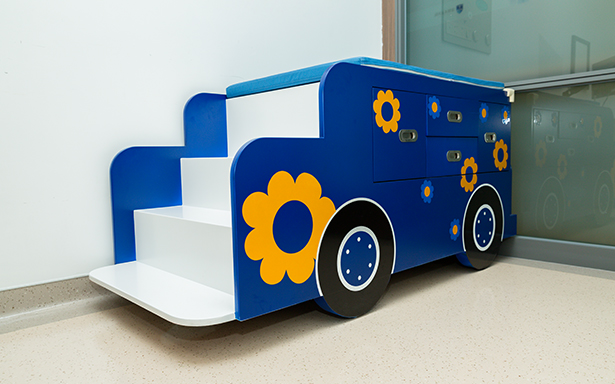
2. Security
There are many safety issues for children in the hospital, and furniture is one of them. The safety of the tables and chairs, triage tables, and treatment tables in the pediatric clinic must be fully considered, and must be sturdy and free of sharp corners and points to prevent children from getting hurt. At the same time, it must be ensured that the furniture has no cracks, no protruding rivets, etc. The walls are also wrapped with plastic; anti-collision stickers are affixed to the glass and doors in all wards to prevent children from getting in danger.
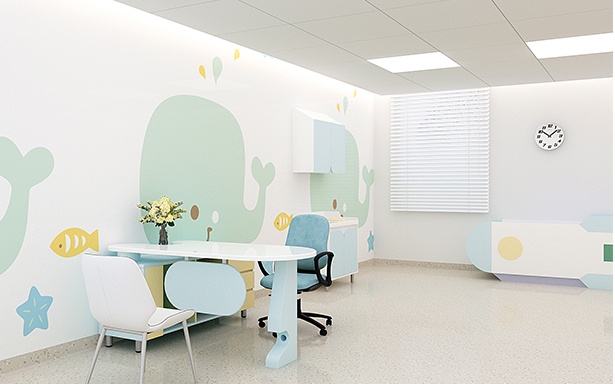
3. Environmental protection
From an environmental protection perspective, all panels must meet EO level requirements, and companies must have ISO qualifications and their quality must meet international standards.
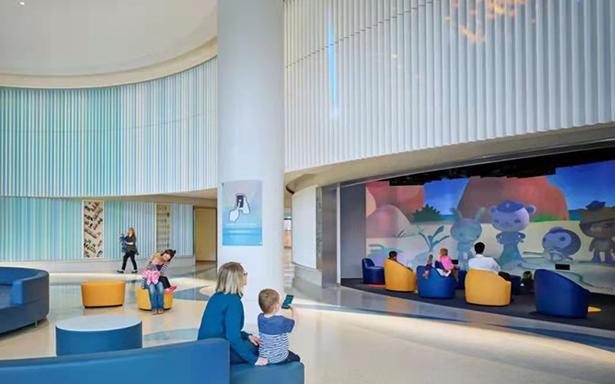
4. Functionality
Medical furniture must comply with the operating procedures and optimized workflow of medical staff. According to the characteristics of different departments and the particularity of the medical environment, the furniture in the treatment room must not only meet the requirements of durability, but also meet the characteristics of laboratory furniture, including corrosion resistance, moisture resistance, etc. The size of the furniture needs to be determined by nurses based on their average height requirements and the need for frequent bending during the operation.
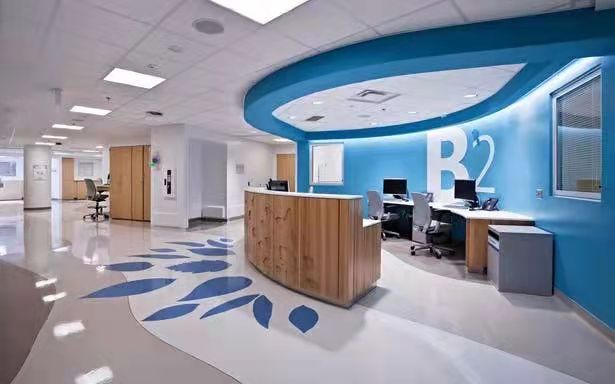
5. Color
Color has healing properties. Children's emotions are closely related to colors. Children's preference for colors does not lie in how pure the colors are, but in the richness and harmony of the colors. Hospitals are different from playgrounds. The main purpose of color design is to hope that children can calm down and accept examinations and treatments happily. At the same time, the hospital's VI system needs to be fully considered. Medical furniture should not only consider the aesthetics, but also the overall style, and be consistent with the overall environment and color matching style of the hospital. It is also necessary to consider the general color psychological requirements and reflect the culture of the hospital. For example, the nurse station can use the color of the hospital's LOGO, and the entire environment of the examination chair and the examination room is more integrated. Each floor can be designed individually.
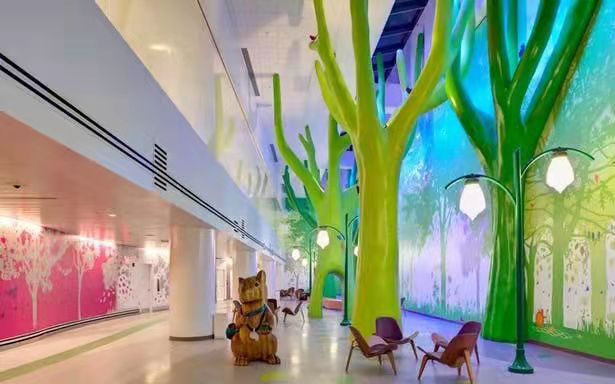
The design of medical furniture involves many parameters such as ergonomics, color aesthetics, material properties and functional requirements. Compared with other civilian furniture, medical furniture in pediatric clinics has higher requirements in terms of safety, humanization, corrosion resistance, wear resistance and durability.
